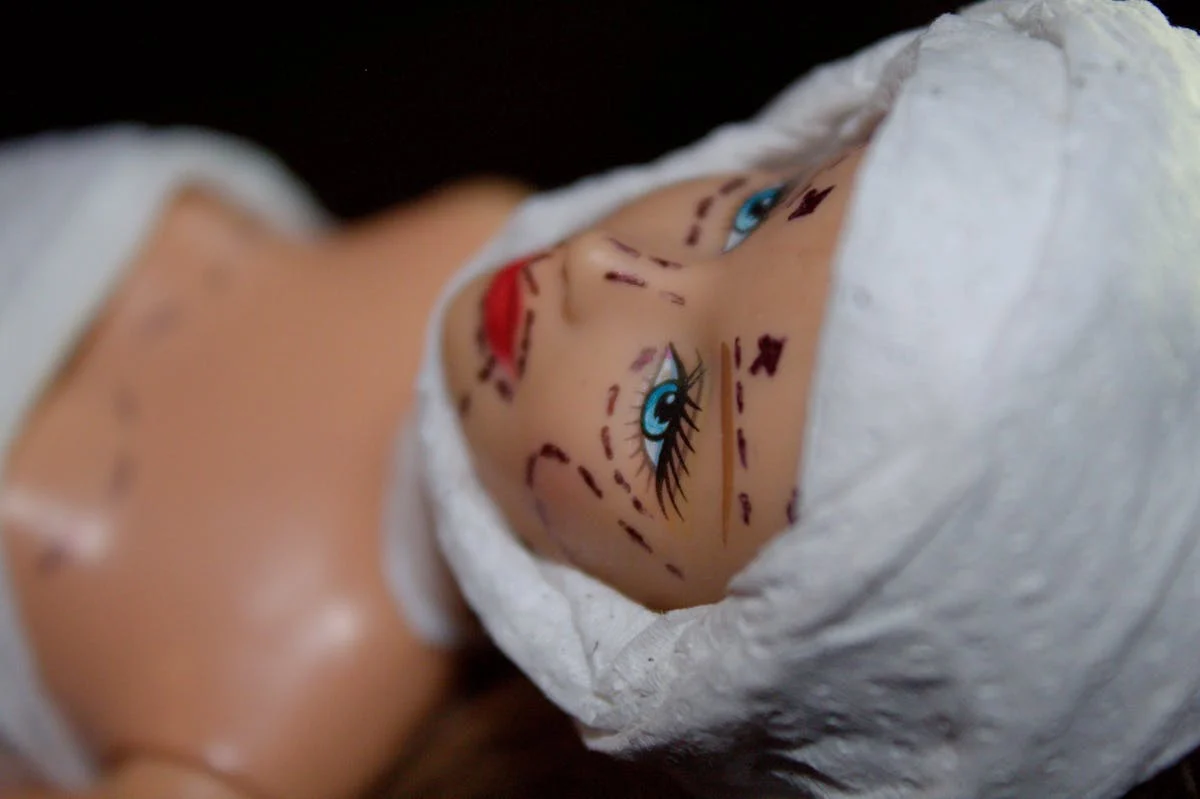Throughout all of the time, women have been given unrealistic and impossible-to-reach beauty standards usually implicated by men. However, now more than ever, beauty standards have reached another level of non-viable, which we will have to live with.
The beginning of the internet conflicted the lives of multiple women due to the significant growth in unrealistic ideas shown in the media. For example, the rise of the Kardashian family and their later portrayal of themselves made women feel like they were not worth it or could always look better. As a result, plastic surgery procedures have increased by 115% since 2000.
Some more specific examples include:
- Breast augmentation: Increased by 67% from 2021 to 2022
- Breast reduction: Increased by 122% from 2021 to 2022
- Abdominoplasty: Increased by 129% from 2021 to 2022
- Liposuction: Increased by 135% from 2021 to 2022
- Blepharoplasty: Increased by 74% from 2021 to 2022
- Rhinoplasty: Increased by 72% from 2021 to 2022
- Face/neck lift: Increased by 92% from 2021 to 2022
- Fat transfer: Increased by 128% from 2021 to 2022
Many influencers glamourise their appearance and expose young girls to their artificial lifestyles. This implies to girls that looks are all that matters, and you won’t be successful if you don’t fit the beauty standard. Influencers’ appearances are also unattainable due to the use of Photoshop in their media. For example, Kardashians have control over the edits on their show; therefore, they can pick and choose what they present to their audience, creating a mask of distrust and lies. However, most people won’t know this and, therefore, will become envious of their beauty and desire these far-fetched visionary standards. When a young girl is introduced to these standards, they will never fully feel confident in their own body.
In later years, beauty standards were challenged and fought against by using makeup tools to craft a video to subvert the beauty standard. Platforms like Snapchat and Instagram are positive and negative fuels for beauty standards. For example, women can spread positive messages and show the reality behind the screen to the younger generation. However, many women feel they must portray themselves unrealistically to conform to everyone else’s standards. Furthermore, men can illustrate impossible-to-reach views on how a woman should act and look, pushing a woman’s self-esteem back and creating more and more personal insecurities.
Due to the rise in social media, many unhealthy ways to change your appearance have occurred, some being diets which will starve a person or a twenty-step skincare routine. Media will always affect a person’s view of themselves and make them believe they are not good enough. Women may never feel confident in themselves, which will resume in many generations. However, more recently, a positive beauty standard has been pushed where all bodies are beautiful. We’re seeing a push for natural, diverse beauty, a trend worth following!
By Eliza
Winchmore School Newsroom
